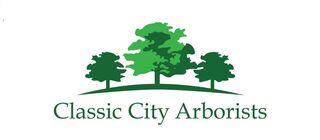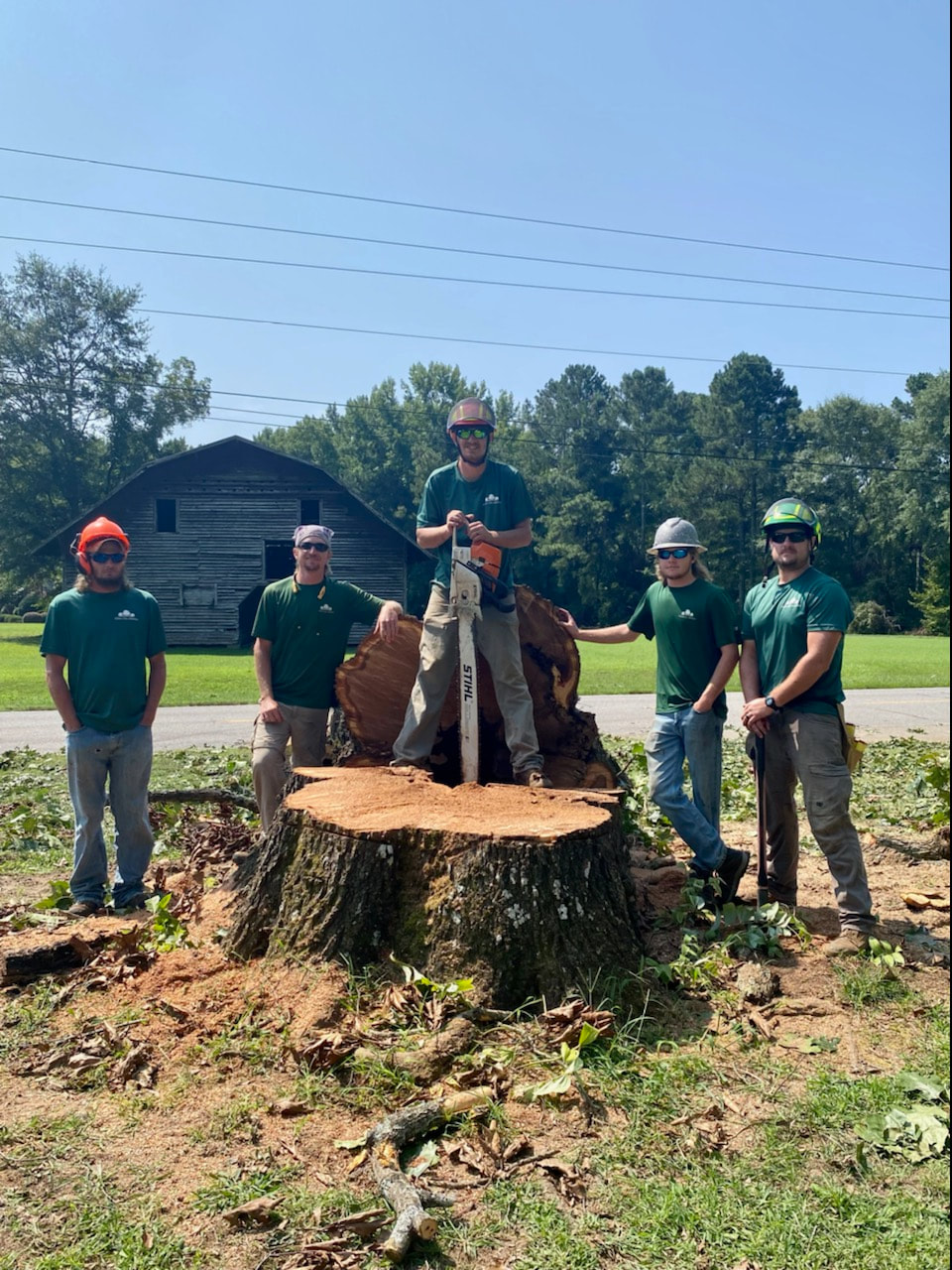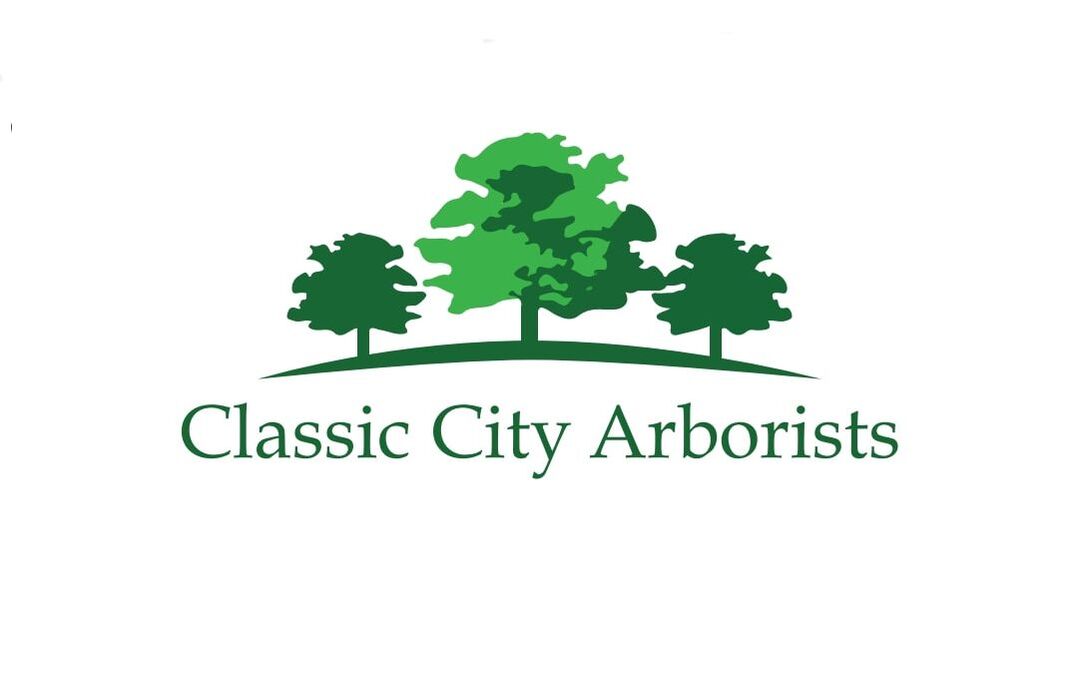|
News and Blog Articles
|
|
It’s August, and though the temperature outside might not seem like it, Fall is right around the corner! If you need proof, just check out your nearest department store; the Fall displays are up and selling quick. Some stores have even started putting out Christmas supplies! As we reach the end of summer, one of the biggest complaints we hear from our customers is how they meant to do some planting, but time just got away from them. It’s definitely too late to start anything new by now…right? Wrong! Lots of plants, trees, and vegetables actually prefer being planted in late summer or fall. So whether you’re looking to start a home garden or just want to spruce up your backyard, here’s a list of all the things you can plant in the coming months: HERBSAdd some fresh-from-the-garden flavor to your favorite dishes
FRUITFresh fruit is expensive and hard to find ripe—grow your own instead!
VEGETABLESGrow your own grocery store of greens and never have wilted spinach leaking in your fridge ever again.
Other veggies you can plant in the fall include parsnips, kale, swiss chard, leeks, fennel, edamame, beets, radishes, turnips, rutabagas, shallots, snap peas, scallions, cabbage, and gourds FLOWERSPlant a gorgeous array of colors in your backyard to create your own personal oasis.
Other flowers you can plant in the fall include gladiolus, nasturtium, marjoram, cannas, yarrow, asters, coneflowers, viola, astilbe, borage, closia, coreopsis, daylilies, petunias, impatiens, echinacea, salvia, tuberose, anemone, jasmine, calendula, sweet pea, phlox, sedum, delphiniums, crocuses, strawflowers, and anise hyssop. TREESGreat for shade, swings, and bird nests, no backyard is complete without trees!
So there you have it! If you’re interested in growing any of the plants we mentioned, check out the links below for growing guides and extra tips! Worried about your new flowers attracting too many bugs? Never fear! Check to see if what you want to plant is on our list of plants that attract pollinators, or maybe our list of plants that discourage pests! AuthorEmily Casuccio is sister and sister-in-law to Rebekah and Scott Rushing, and has over half a decade of experience in copywriting, copyediting, proofreading, and developmental storyboarding. She's worked with both published and undiscovered authors on both fiction and nonfiction, and takes pride in supporting local businesses. Her passion lies in the written word and helping authors of all capacities realize their dreams and achieve their fullest potential. To learn more about her, read samples of her work, or contact her, visit her online portfolio.
0 Comments
If you’ve lived in the Athens area for any length of time, you’ve probably heard of the Tree that Owns Itself. The stately white oak, located on the corner of Dearing Street and South Finley Street, is said to have legal ownership of itself and the land within 8 feet of its base, thanks to its previous owner, Colonel William Henry Jackson, who deeded the tree and the land to itself. Colonel Jackson supposedly noted in his will that he holds a “great love” for the Tree, as well as a “great desire…for its protection for all time.” According to legend, the Tree was a staple in Colonel Jackson’s childhood, and he had many memories associated with it. Some argue that, as Jackson actually spent most of his childhood in Jefferson County, and not in Athens, this claim is baseless. However, as his family did indeed own the property for a time, it isn’t impossible that he visited enough to form fond memories of the Tree. The History of The Tree That Owns ItselfThe Tree that Owns Itself is thought to have started life in the mid-16th century. It was established well before the area was developed into a residential neighborhood in the mid-19th century, and is thought by some to have been the biggest tree in Athens. It lived to be approximately 400 years old before tragedy struck. By 1906, notable erosion had exposed the base of the Tree. A commemorative tablet, chain barricade, and new soil were all installed by a George Foster Peabody in efforts to maintain the Tree’s integrity, but these efforts were in vain, as an ice storm in 1907 caused permanent damage and allowed rot to set in. Many believe the tree died many years before its collapse due to root rot. On the evening of October 9th, 1942, the Tree that Owns Itself, then standing at over 100 feet tall, fell to the ground. Some accounts claim that only part of the tree fell on this date, and the rest was taken down by a vicious storm on December 1st of the same year, but newspaper articles only support the tree’s demise in October. The Son of The Tree That Owns ItselfThe Tree’s delicate condition was known by the community for years before it fell, and efforts were made to cultivate a “son” of the Tree from one of its acorns. These efforts unfortunately never saw fruition, and the plot of land where the Tree stood remained empty for 4 years. It wasn’t until 1946 that a member of the Athens' Junior Ladies Garden Club named Elizabeth Magill suggested the club find a replacement for the Tree, at the behest of her young son. Many Athenians had taken it upon themselves to grow seedlings cultivated from the original Tree’s acorns, and so Magill went on the hunt for a suitable candidate. A seedling of approximately 5 feet in height, belonging to one Captain Jack Watson, was chosen for transplantation, and in the fall of 1946, this Son of the Tree that Owns Itself was relocated to its current home by Roy Bowden of UGA’s College of Agriculture and a few assistant students from the Department of Horticulture. On December 4th, 1964, a ceremony was held to officially dedicate the Son of the Tree that Owns Itself. It was at this event that representatives of the Garden Club announced their intention to take full responsibility for the maintenance of the Tree and its plot. A similar ceremony was held on the same day (December 4th) of 1996 to commemorate the 50th anniversary of the Son’s planting. To this day, the Son of the Tree that Owns Itself (often referred to just as the Tree that Owns Itself), stands proudly at heights over 50 feet tall. As the original Tree’s progeny, it is locally believed to be the legal heir of the Tree and therefore the current owner of the land within 8 feet of its base in all directions. Where Does the Legend Come From?The earliest known mention of the Tree is from the Athens Weekly Banner. On August 12, 1890, the Banner printed a front-page article called Deeded to Itself; the article detailed that the tree resided on property formerly belonging to Colonel Jackson, and described the Colonel’s father, James Jackson, who was an American Revolution soldier, congressman, US Senator, and governor of Georgia. The article also discussed Colonel Jackson’s son, who was also named James Jackson, and was a congressman and Chief Justice on Georgia’s Supreme Court. According to the Banner article, Colonel Jackson’s will reads: “For and in consideration of the great love I bear this tree and the great desire I have for its protection for all time, I convey entire possession of itself and all land within eight feet of the tree on all sides” . Can a Tree Own Itself?While native Athenians often quote this as fact, a deed granting the tree ownership of itself has never been found, and many historians doubt it ever existed. Even if the deed did exist, it’s unclear whether or not it would be considered legally binding. Under Common Law, deeds granting land or property (along with the land and/or property) must be delivered to and accepted by the recipient, and the recipient must have the legal capacity to possess it. Most discussions of the Tree conclude that it does not meet the legal requirements to possess ownership of itself nor any land, and therefore, cannot actually own itself. What Do the Records Say?Property records confirm that one William H. Jackson did actually own property located on the opposite side of Dearing Street from where the Tree stands. In the early 19th century, that plot of land was designated as Lot #14; the plot of land including the land inhabited by the Tree was known as Lot #15. Both plots were owned by the Jackson family until 1832, when the family sold Lot #15 to a Doctor Malthus Ward. Interestingly, 1832 is also the year noted on the Tree’s commemorative plaque as the year it was deeded to itself. More recent property records for 125 Dearing Street (then Lot #15) do describe a section of land that fits the description of the odd-shaped corner that houses the Tree; actual plat maps, however, draw the property line approximately 10 feet to the west of the tree’s location. This means that, as far as tax assessors are concerned, the tree and its land are not a part of 125 Dearing Street. So Who Owns the Tree?While this does seem promising for the Tree, Athens-Clarke County has confirmed that the land is considered to be within the “right-of-way” along Finley Street, and is therefore under the county’s jurisdiction. City-county officials have stated that the owners of the property at 125 Dearing Street are “jointly stewards” of the Tree’s care; the primary advocate for the tree is the Athens’ Junior Ladies’ Garden Club, who adopted the tree in 1946. But, according to the Athens-Clarke County Unified Government in a statement from the early 20th century, “However defective this title may be in law, the public recognized it." So, in spite of the questionable legality, Athens declared the Tree the true legal owner of itself, and maintains a policy to treat the Tree as a public street tree and take care of it as such. After the Tree’s replacement in 1964, this declared legal ownership was transferred to the Son of the Tree that Owns Itself. AuthorEmily Casuccio is sister and sister-in-law to Rebekah and Scott Rushing, and has over half a decade of experience in copywriting, copyediting, proofreading, and developmental storyboarding. She's worked with both published and undiscovered authors on both fiction and nonfiction, and takes pride in supporting local businesses. Her passion lies in the written word and helping authors of all capacities realize their dreams and achieve their fullest potential. To learn more about her, read samples of her work, or contact her, visit her online portfolio. Sources:
The Athens Weekly Banner Atlas Obscura: The Tree That Owns Itself Original Stone Monument Postcard: The Tree That Owns Itself Son of The Tree That Owns Itself The Tree That Owns Itself The Tree That Owns Itself (Original) The Tree That Owns Itself Plaque Visit Athens Georgia: The Tree That Owns Itself The American Sweetgum tree is scientifically known as Liquidambar styraciflua, and known colloquially in different areas as the American storax, hazel pine, bilsted, redgum, satin-walnut, star-leaved gum, alligatorwood, or even just sweetgum. The sweetgum name actually comes from the sap of the tree, which is used to make—you guessed it—chewing gum. The sap has been called everything from liquid amber (which is, incidentally, where the genus Liquidambar comes from) to copalm basalm, and is also used medicinally and even as resin for stringed instruments. If you’re like us, though, then you just know this tree as “the tree that makes those spiny gumballs I used to play with as a kid and only ever seemed to step on when I was barefoot and therefore vulnerable.” Those spiny gumballs are actually the fruit of this deciduous tree. Each one conceals seeds behind that barbed exterior—when they first drop, they’re actually pretty soft, and only get hard and pokey once they’ve released their seeds. Everybody from goldfinches and sparrows to chipmunks and squirrels enjoy eating these seeds, which makes them an ideal addition to parks and wildlife refuges, but may cause a nuisance in your yard. While they’re most commonly called gumballs, the fruit is also referred to as burrs, spike balls, sticker balls, and (our personal favorite) space bugs. The reason you find them almost everywhere is because the sweetgum is a monoecious species, which means each tree has both male and female reproductive organs—in this case, pistillate and staminate flowers (each flower will contain one or the other, but never both). These flowers bloom from around March to May, depending on the area, but can persist all the way through the fall and winter where temperature permits. Appearance-wise, they don’t really look like what you think of when you hear the word “flower;” they look more like little pyramids, sometimes with some red-orange color, but mostly just a lighter green than the surrounding leaves. The untrained eye would easily mistake them for more foliage rather than flowers. American sweetgums are actually characterized by their leaves, which have a unique star shape. Mostly, we’re talking 5-point stars, but occasionally you’ll find a 3- or 7-point star hiding in the foliage—some people even consider this a sign of good luck, like finding a four-leaf-clover! Up close, each leaf has small “teeth” along the margins of their 4- to 7-inch length. During the spring and summer, the leaves are a dark, rich green with a light gloss; in fall, they turn gorgeous arrays of yellows, oranges, purples, and reds, and linger on their branches much longer than other tree species. The last defining feature of the sweetgum is the bark. Usually, the bark is light brown in color, with random reddish, greyish, and brownish streaks and scaly ridges. Around their maturity age of 20 to 25 years, the bark will begin to accrue lots of deep fissures; these cracks, when coupled with the vertical way the bark attaches to the tree (rather than horizontally, like other trees), give the bark a rather “reptilian” appearance. This is actually where the name “alligatorwood” comes from—if you squint, any branch could look like the back of a gator. The sweetgum is one of the fastest-growing trees around, clocking anywhere from 13 to 24+ inches a year. Once established, the tree takes on a pyramidal or egg-like shape, and will continue to grow at rapid rates. On average and without human interference, sweetgums will live for hundreds of years, reach heights of 60 to 75 feet, trunks 2 to 5 feet in diameter, and crown spreads of 40 to 50 feet! To reach its full potential, the American sweetgum needs about 6 hours of direct, unfiltered sunlight per day, which isn’t usually a problem here in the South. They have a moderate drought tolerance, and they aren’t too picky about soil composition, so they do A-okay in Georgia red clay. Just be sure to leave plenty of space to account for the roots—the sweetgum will end up with an extensive root system that you don’t want destroying your driveway or crowding out your flower garden. Did You Know?The American sweetgum is especially resistant to attack by insects, which makes them common trees to plant in reforestation projects and reclamations of former mineral mines. They can also fix nitrogen and promote soil health, making them popular choices for ecosystem restoration. If you can tolerate the prickly gumballs all over your yard, the American Sweetgum is a gorgeous addition to any landscape., especially for nature enthusiasts who want to attract small mammals and birds to come over for a visit. AuthorEmily Casuccio is sister and sister-in-law to Rebekah and Scott Rushing, and has over half a decade of experience in copywriting, copyediting, proofreading, and developmental storyboarding. She's worked with both published and undiscovered authors on both fiction and nonfiction, and takes pride in supporting local businesses. Her passion lies in the written word and helping authors of all capacities realize their dreams and achieve their fullest potential. To learn more about her, read samples of her work, or contact her, visit her online portfolio. Around here, you’ve probably seen signs calling for you to Shop Local! all around town. One of the prides of Athens and Watkinsville is that a large portion of our businesses are small, family-owned, and not part of multi-location chains. But what makes that so special? Why is it important to shop local? What does "Shop Local" mean?Shopping local basically just refers to doing business with smaller businesses in your area, whether it’s the Mom and Pop hardware store on the corner or your best friend who sells homemade masks on Facebook. Why should you shop local?There are a bunch of reasons to shop local, so let's explore them! Support Your Friends
As a family of red-heads, you’ve probably seen the Rushings shopping at Publix, dropping off kids at daycare, or attempting to sit still in church on Sunday. Many of our family members have small businesses and we do our best to support each other. Employ Your Neighbors Small, local businesses wouldn’t be able to stay in business if not for your business. By shopping local and choosing to buy from someone in your community, you’re ensuring the continuation of their job, and by extension, their livelihood. When you choose Classic City Arborists, you’re not just supporting Scott and Rebekah and their little family of four. You are also supporting his team of four men and their families as well. Stimulate Your Economy On a larger scale, shopping local also keeps the exchange of money local and better stimulates the economy of your area. Small business owners are also more likely to shop local themselves, which means the money they get from you will likely go to supporting another small business. Think of it like this: if you buy a necklace from Wal-Mart, then that money goes to the Wal-Mart corporation. It may or may not ever make its way back to the Athens area. If you buy a necklace from your friend who makes her own glass beads, then the money you pay for that jewelry is going to directly sustain your friend, who will probably use it when she goes out to eat next week. Since she understands the struggle of owning a small business, she decides to go to the local burger joint rather than a mass chain, and your money is now in the hands of a family-owned restaurant, where it will directly support the cost of education for their kids. At Classic City Arborists, we try to shop local as much as possible. As members of the Oconee Chamber of Commerce, we understand how vital it is to support up-and-coming businesses, as well as supporting long-standing local service providers. Impact Your Community In addition to stimulating your local economy, shopping local can help benefit your community; small business owners are more likely to support charities and change initiatives that directly impact their area rather than the nation at large. This means your support to a local business could in turn support the homeless population in Athens, or help fund an animal shelter downtown to save more lives. Classic City Arborists personally supports charities local to the Athens and Watkinsville areas, such as City of Hope Athens, and ESP of Watkinsville. We send our donations to the local GoodWill (and shop there, too!). We also partner with local businesses when we get a job that needs more equipment than we’ve got; if we ever need a crane for a large tree removal, we call a local crane operator. What do you get out of it?While all the things we’ve mentioned here are great reasons to shop local, customer experience is still a huge factor in deciding where you direct your patronage. The benefit of small businesses is that they’re small; even if they have hundreds of customers, they still don’t have near as many as the superstore. Local business owners appreciate each and every one of the customers who choose to do business with them, and as such, will spend as much one-on-one time with you as you need to ensure you get what you’re looking for and leave completely satisfied. You won’t find that level of personal attention anywhere else. At Classic City Arborists, we do our best to give every single customer the attention and care they deserve. The phone numbers you see on our website are our personal phone numbers. With our free estimates, Scott (our certified arborist) will come out to your property, spend as much time as needed to evaluate the work you’re thinking you’d like done, and help you decide what to do. Once you’re on our schedule, Rebekah will send you a weekly email to update you on any delays due to weather or unforeseen circumstances. At the end of the day, choosing to shop local is a great way to not only support your friends and family with their dream, but to also stimulate your local economy and influence your local community. Plus, you get personalized service on top of it! What’s not to love? Have your family call our family! AuthorEmily Casuccio is sister and sister-in-law to Rebekah and Scott Rushing, and has over half a decade of experience in copywriting, copyediting, proofreading, and developmental storyboarding. She's worked with both published and undiscovered authors on both fiction and nonfiction, and takes pride in supporting local businesses. Her passion lies in the written word and helping authors of all capacities realize their dreams and achieve their fullest potential. To learn more about her, read samples of her work, or contact her, visit her online portfolio. |
Categories
All
Archives
January 2023
|
|
23 Whatever you do, work at it with all your heart, as working for the Lord, not for human masters,
24 since you know that you will receive an inheritance from the Lord as a reward. It is the Lord Christ you are serving.
Colossians 3:23-24
24 since you know that you will receive an inheritance from the Lord as a reward. It is the Lord Christ you are serving.
Colossians 3:23-24




